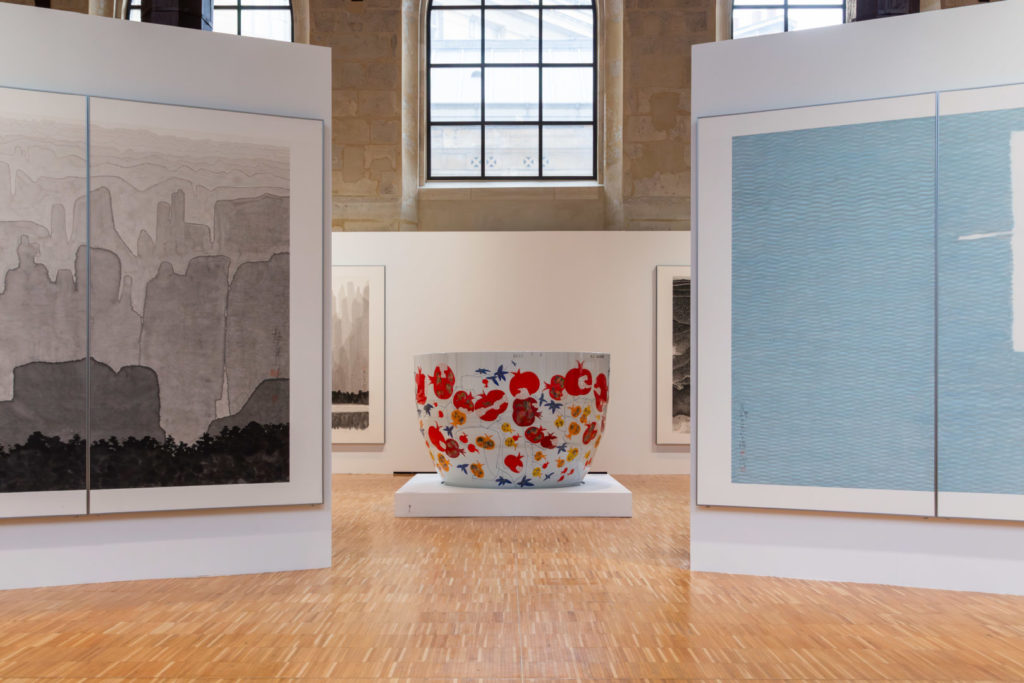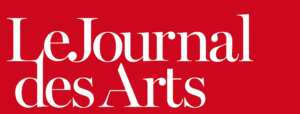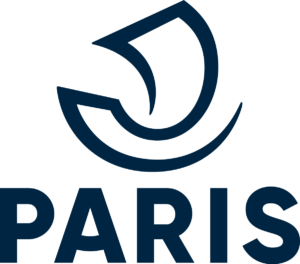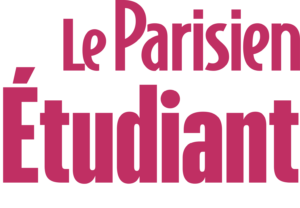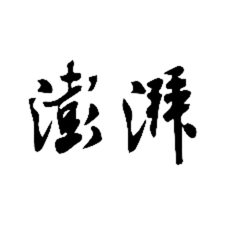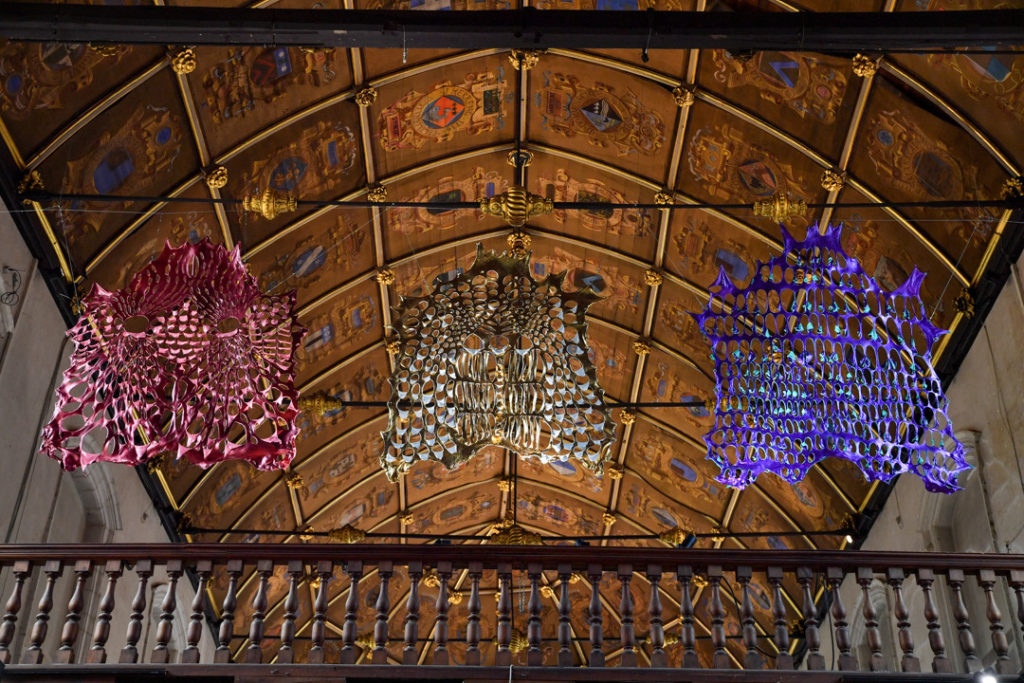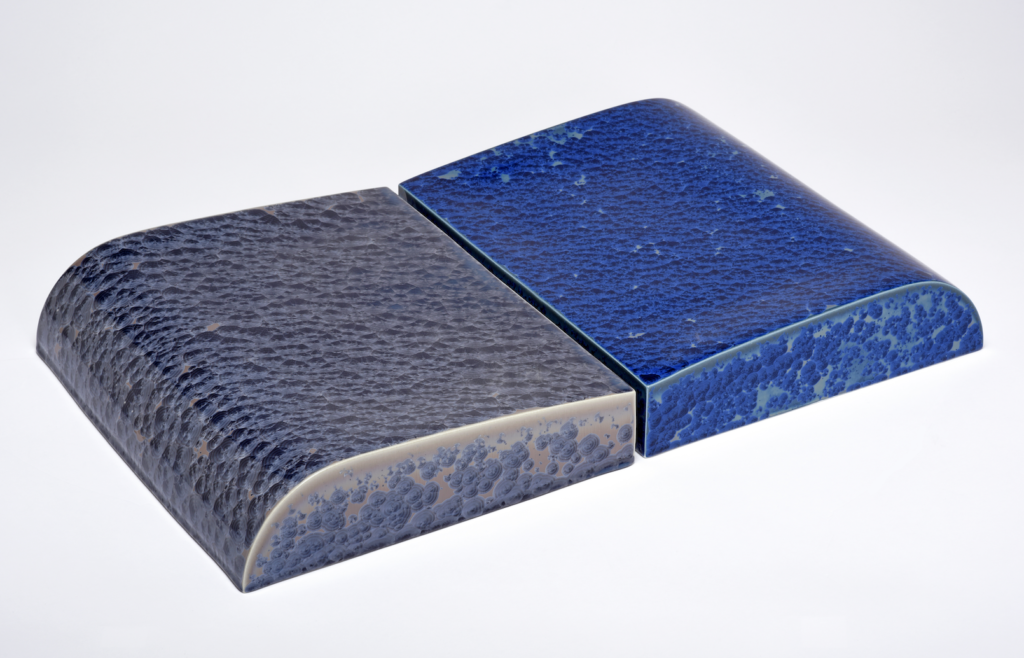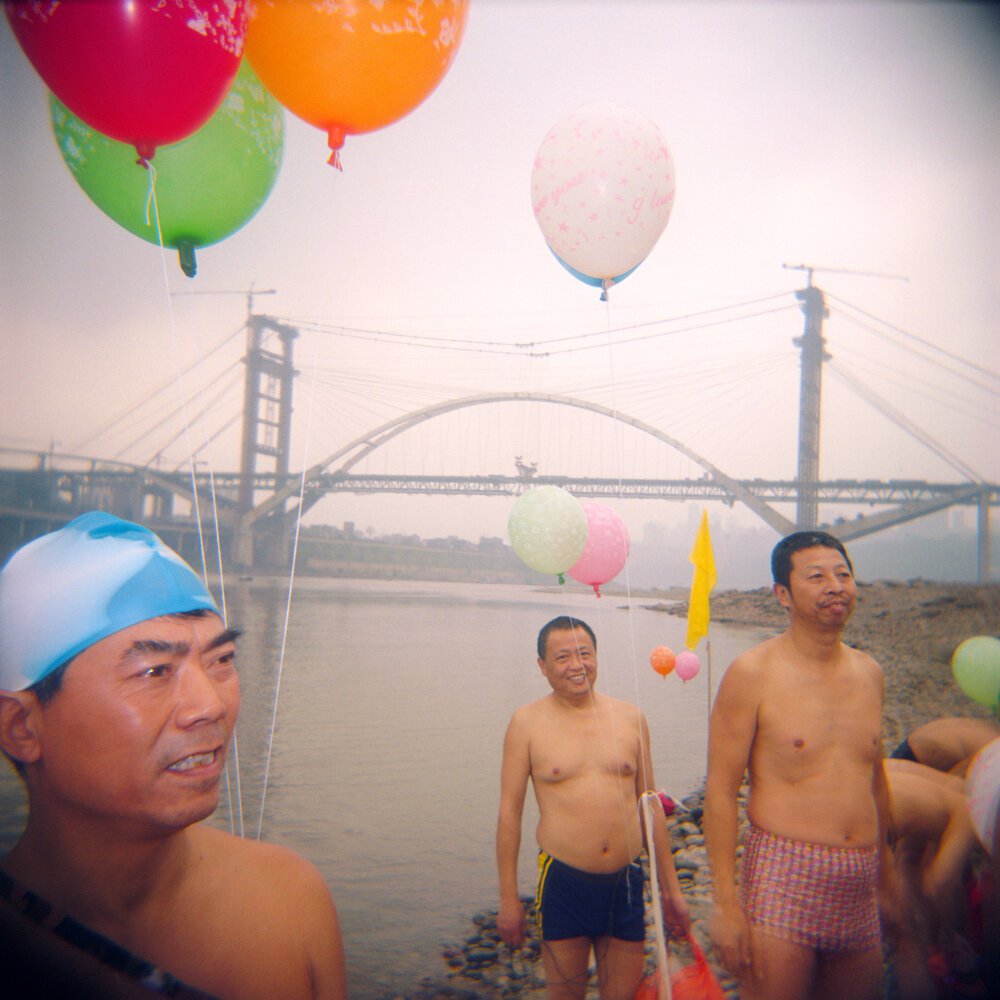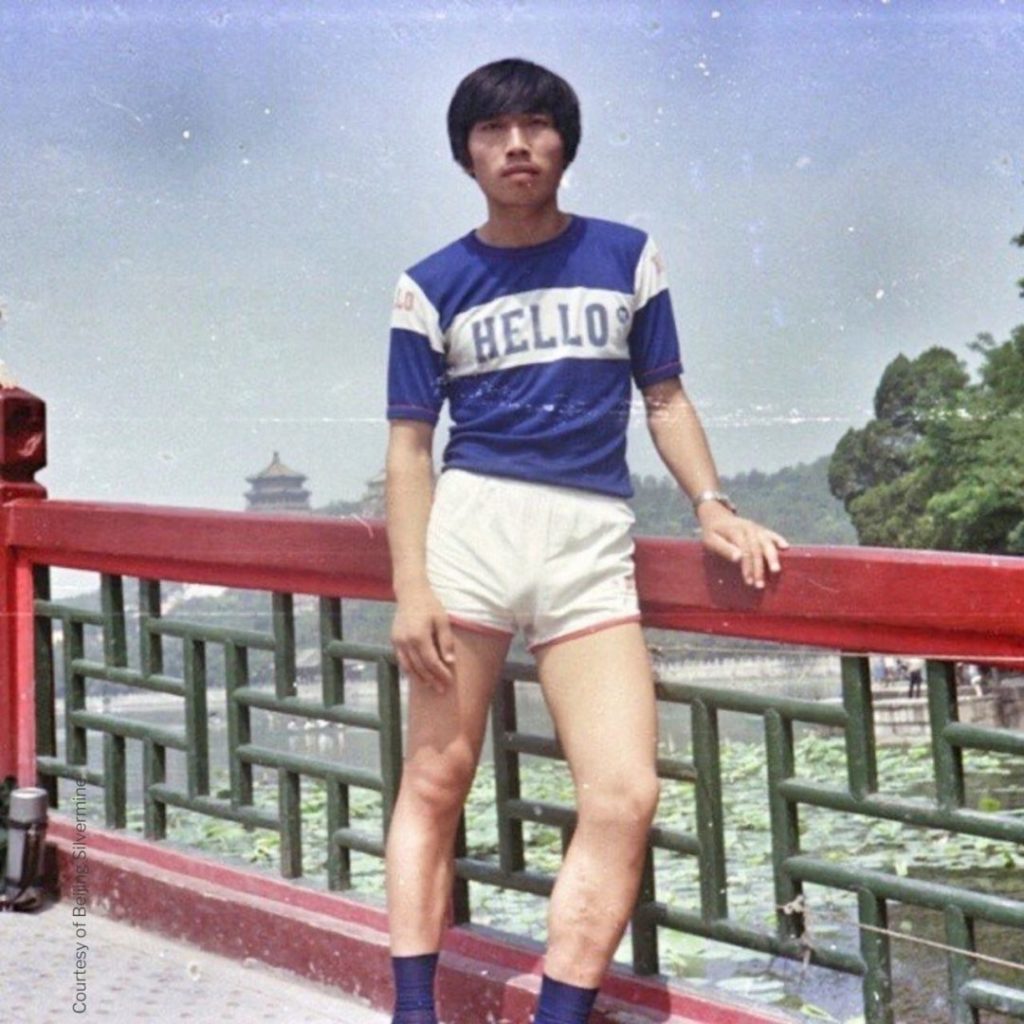Echoing the geography of Shanghai and Paris, two cities built on the banks of water (the Seine and the Huangpu), the exhibition focuses on the river as a theme. It features some forty previously unseen works by the artist, some produced in the late 1990s and most created for the exhibition. Polyptychs, ink paintings, calligraphies, silk thread tapestries and ceramic works of often spectacular dimensions take over the Réfectoire des Cordeliers heritage site.
The water, at the heart of Chen Jialing’s life and work
Born in 1937 in Tonglu, at the confluence of two Yangtze rivers, Chen Jialing studied at the China Academy of Art (Hangzhou), on the shores of West Lake, before settling in Shanghai. Mixing traditional culture with a sense of modernity, these riverside and lakeside cities in the heart of the historic Jiangnan region had a profound influence on Chen Jialing. The artist explores his cultural heritage and reinvents traditional painting through his ink wash superimpositions, combining formal beauty with modernist experimentation.
Using ink and brush, Chen Jialing follows the tradition of shanshui (“mountain and water”), a Chinese style of painting in which natural landscapes are depicted with brush and ink. Chen Jialing is one of the most eminent representatives of the Shanghai School, a pictorial movement that emerged in the mid-19th century and profoundly modernized Chinese art.
A life by the river, the title of the exhibition devised by curators Cao Dan and He Jing, with the scientific advice of Éric Lefebvre (director of the Musée Cernuschi), evokes an entire existence devoted to ink painting and travel as a source of inspiration. “A good man loves mountains, a wise man loves water”: repeated for centuries by Chinese scholars and thinkers, this phrase from Confucius expresses the cultural meanings emanating from “water” and “mountains”.
In Chinese tradition, water is a metaphor for absolute beauty, with fluidity and formlessness. It carries subtle cultural meanings and has always been the ultimate aesthetic objective pursued by Chinese painters. Ink painting, a process that uses water as its central element, was born from such a world perception — based on flux and change.
The exhibition introduces the “three transmutations of water, fire and silk” present in Chen Jialing’s work: ink paintings, ceramic works and silk thread tapestries occupy the monumental space of the Réfectoire des Cordeliers, set by Pascal Rodriguez. The aesthetic of transformation is the very essence of Chinese art and thought. In Water and Dreams, the philosopher Gaston Bachelard (1884-1962) evokes water as a living entity, echoing ancient Chinese thought. Mixing with ink to recreate the landscape, transporting people and cultures: water always suggests the ceaseless flow of life, the immaterial bearer of cultural and historical depth.
The exhibition is being held to mark the 60th anniversary of diplomatic relations between France and China. Organized by the Shanghai International Culture Association, it presents for the first time in France the spectacular work of a contemporary figure of the Shanghai School, in parallel with Art Paris fair.
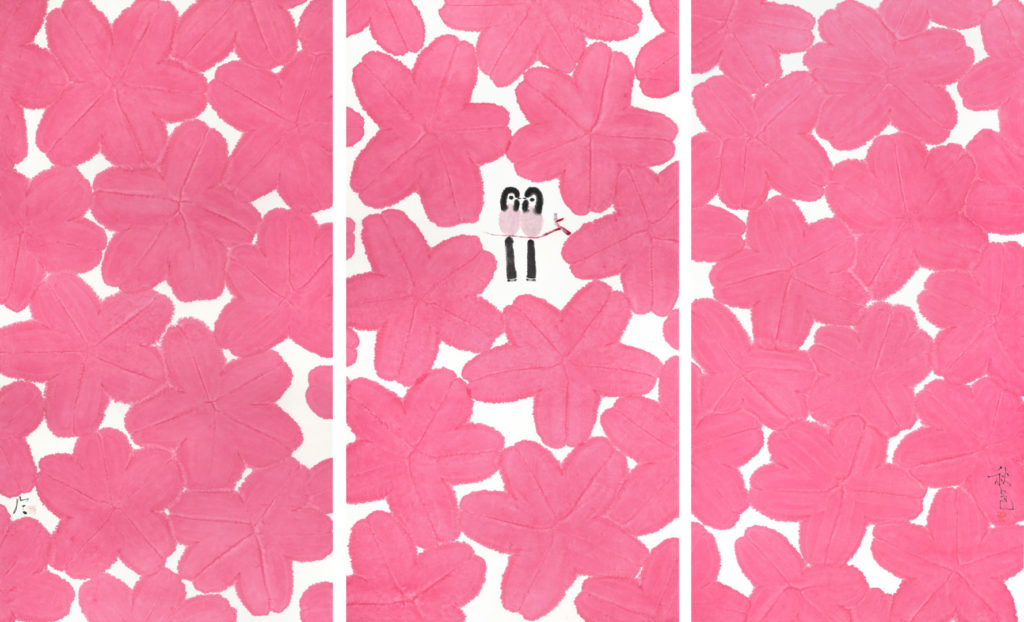
Biography of the artist
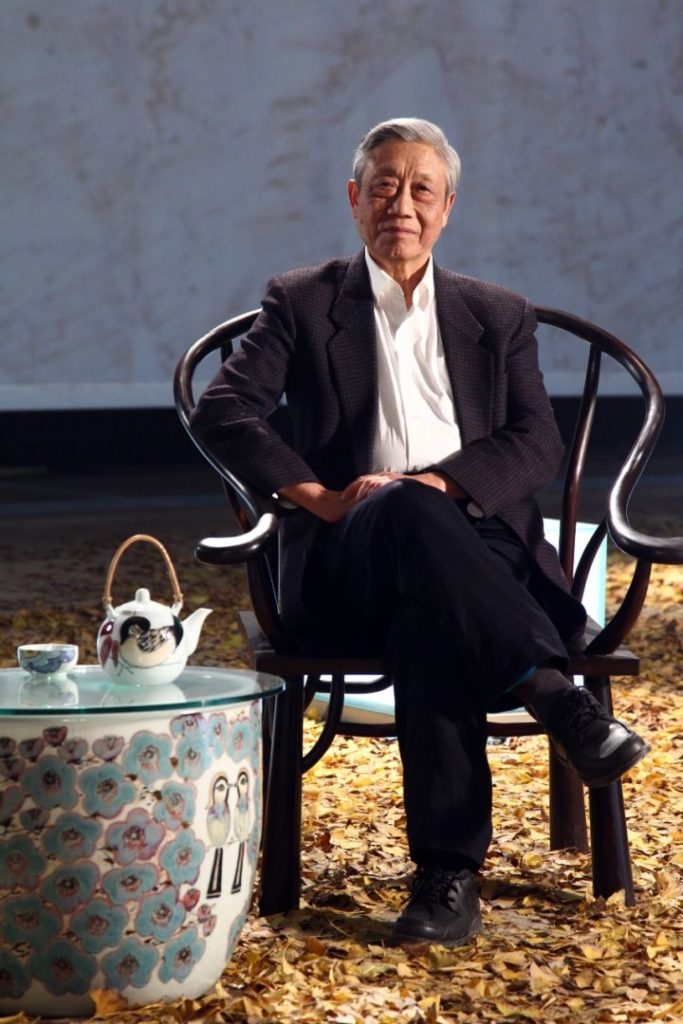
Chen Jialing graduated from the Chinese Academy of Arts in 1963, where he studied with painters Pan Tianshou and Lu Yanshao. He then taught at the Shanghai Academy of Arts. As a contemporary figure of the Shanghai School of “new ink painting”, he combines the spiritual essence of traditional Chinese ink painting with the openness and experimentation of modernism, in a supple, poetic style. In addition to ink painting, Chen Jialing also experiments with traditions related to ceramics, silk thread tapestry (kesi), furniture and clothing, creating “multiple transformations” and incorporating the idea of change, at the heart of Chinese thought, into his artistic creations. Since the 1980s, Chen Jialing’s work has been the subject of numerous solo exhibitions in China, and features in major national collections: National Museum of China, China Museum of Fine Arts, Shaanxi Provincial Museum, Xi’an Museum of Fine Arts, Zhejiang Museum of Art, Canton Museum of Fine Arts, Anhui Museum, Hefei Museum, Shanghai Academy of Painting and Shanghai Museum of Art. In 2002, he founded the Shanghai Peninsula Arts Center, Peninsula Ceramic Arts Hall and Ling Kiln. From 1987 to 2017, he took part in group exhibitions and conferences in over twenty countries, including the USA, Germany, Japan, France and the UK. In 2014, the documentary film Chen Jialing, produced by Jia Zhangke, was selected for the Rome International Film Festival.
Free public programming at the Réfectoire des Cordeliers
Spontaneous mediations of the exhibition Une vie au bord du fleuve were held every day, in French and English. In addition, a rich and free public program for young and old was offered throughout the duration of the exhibition, on the initiative of Doors. Renowned French sinologist and philosopher François Jullien gave a lecture on the theme of the river and the Chinese landscape.
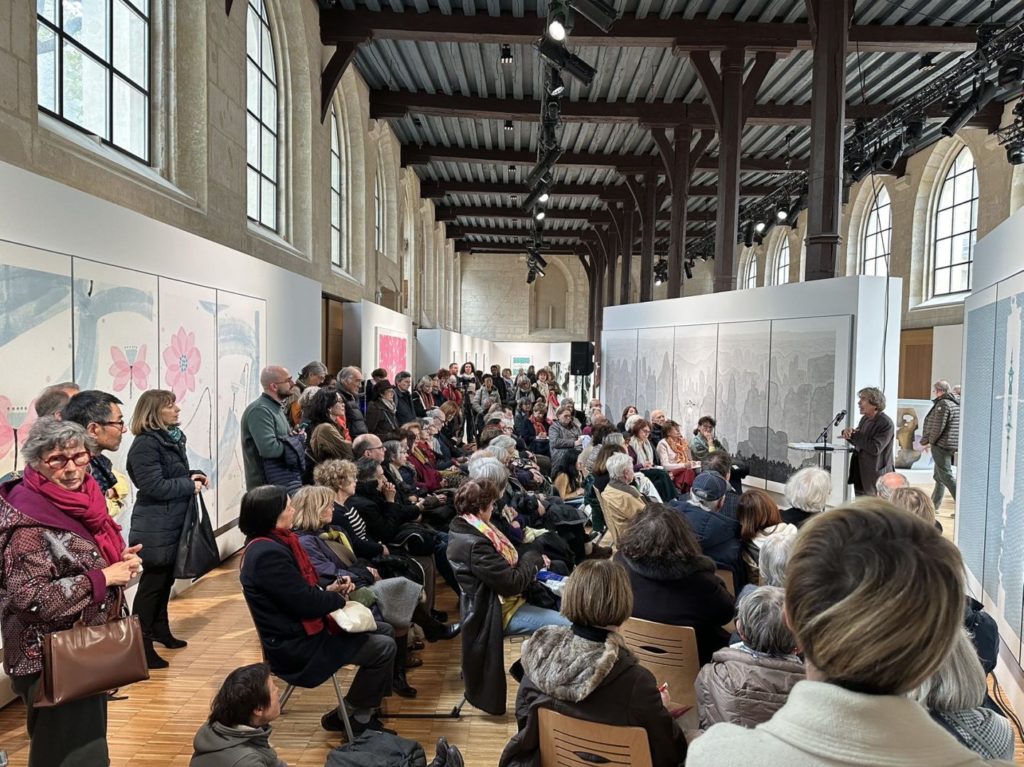
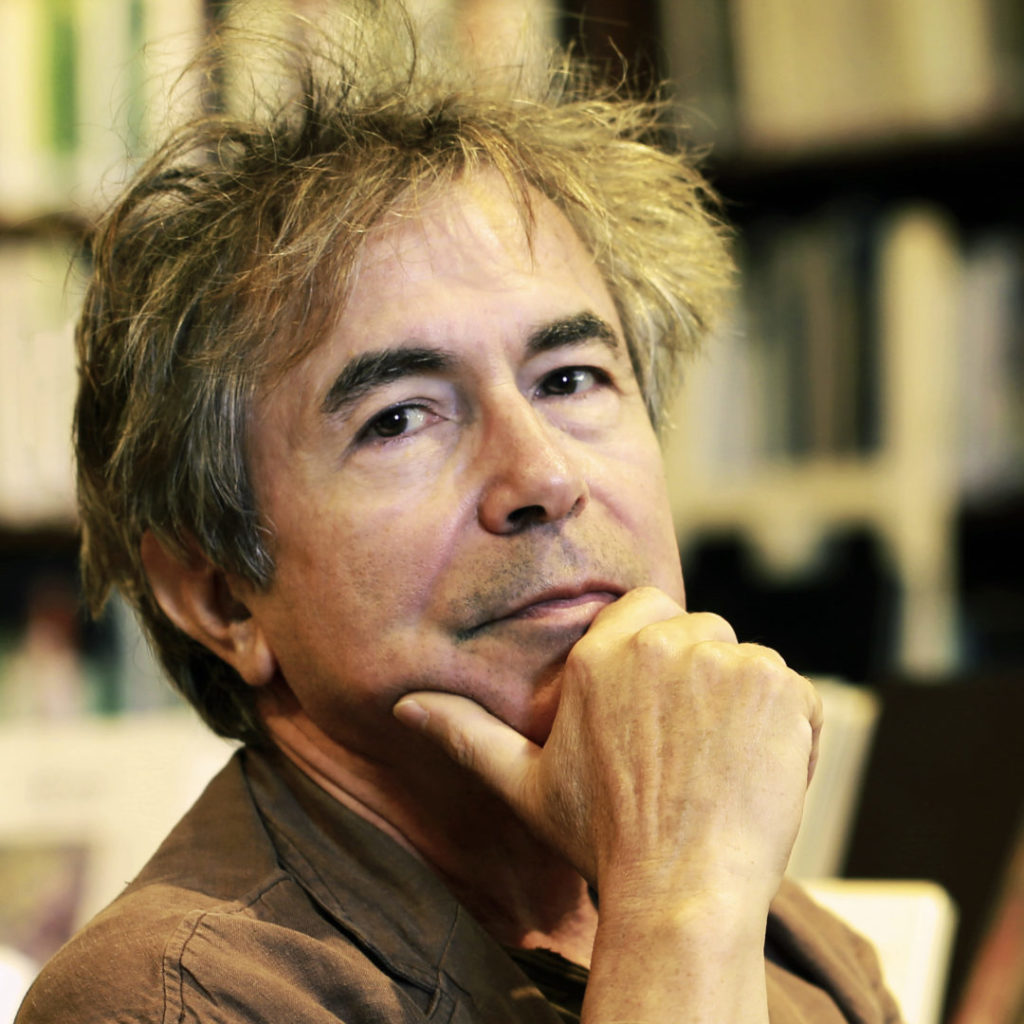
Les Ateliers de Macha held watercolor and black ink painting workshops, and Domitille Germain offered storytelling tours of the exhibition for children, inspired by Chinese myths and legends. Chinese pianist Song Siheng and soprano Anne Evenou gave a concert-performance. Finally, the documentary film “Chen Jialing”, produced by China’s great filmmaker Jia Zhangke, was screened several times.
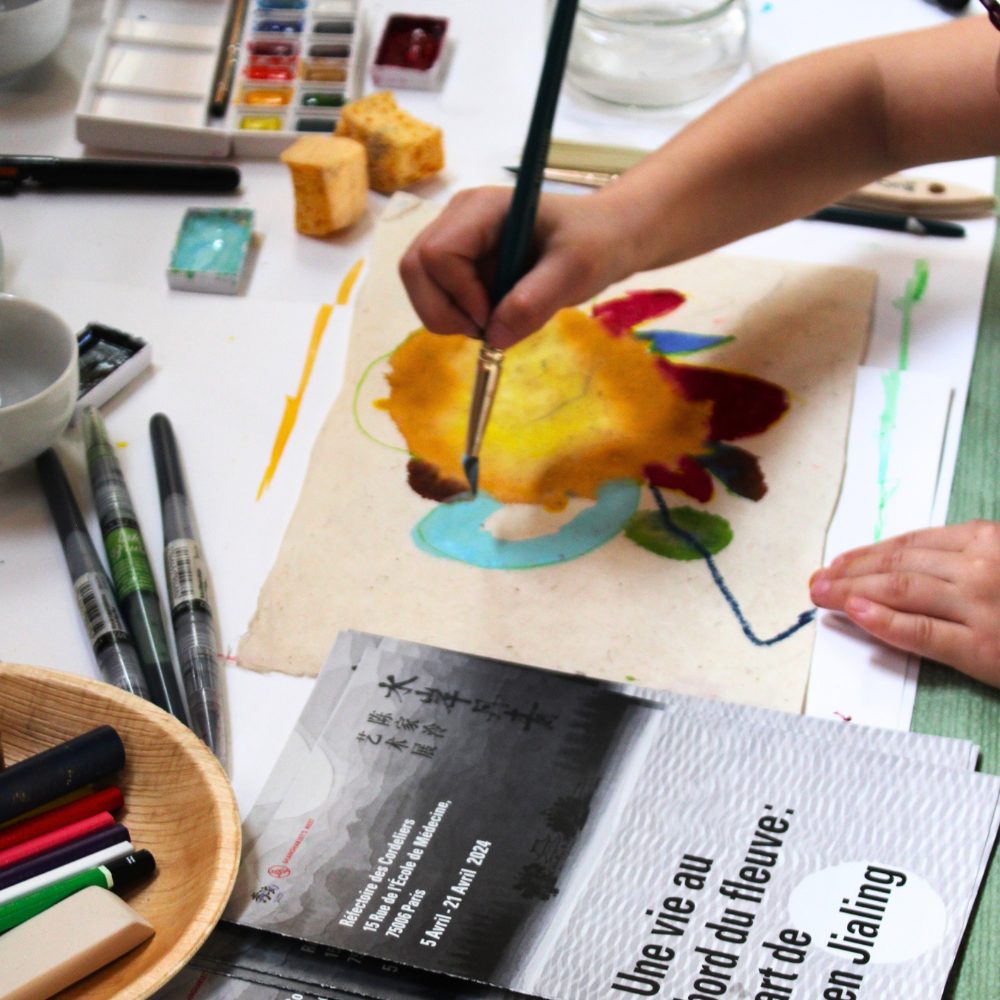
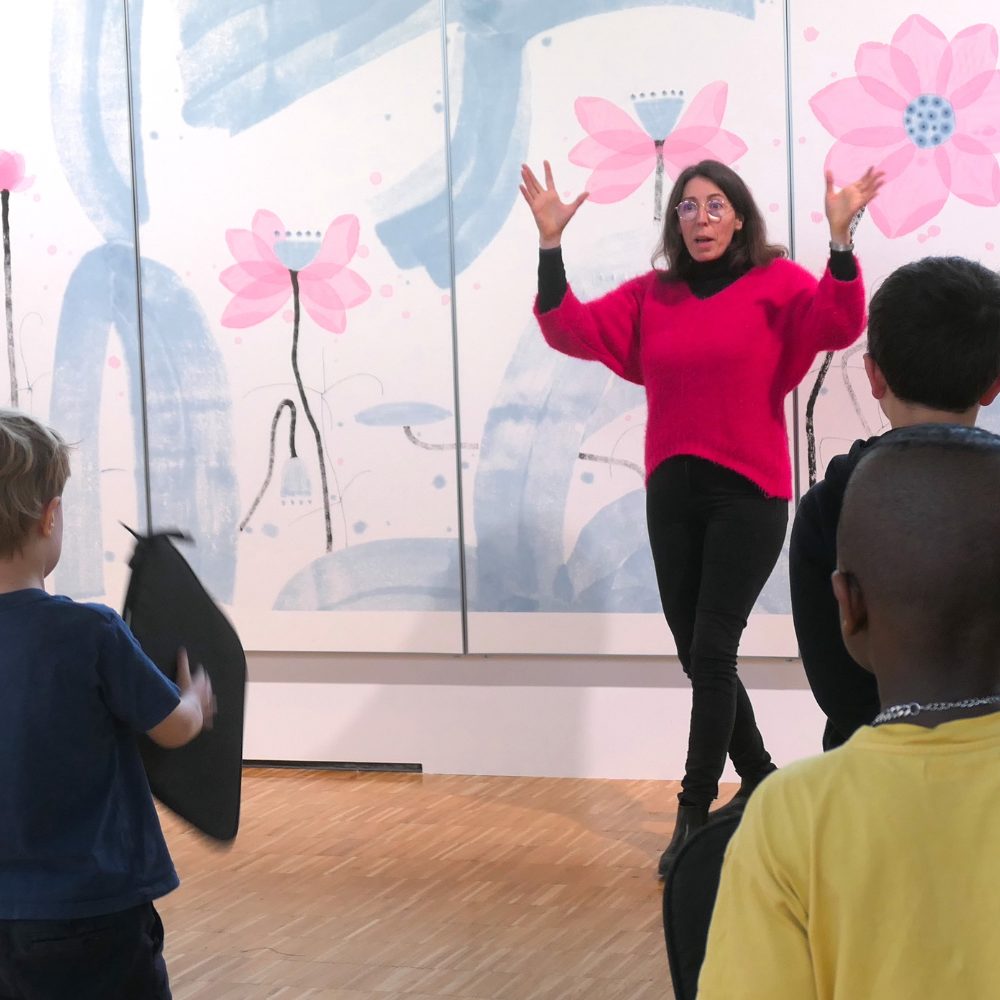
“Chen Jialing” documentary (15 min)
Views of the exhibition
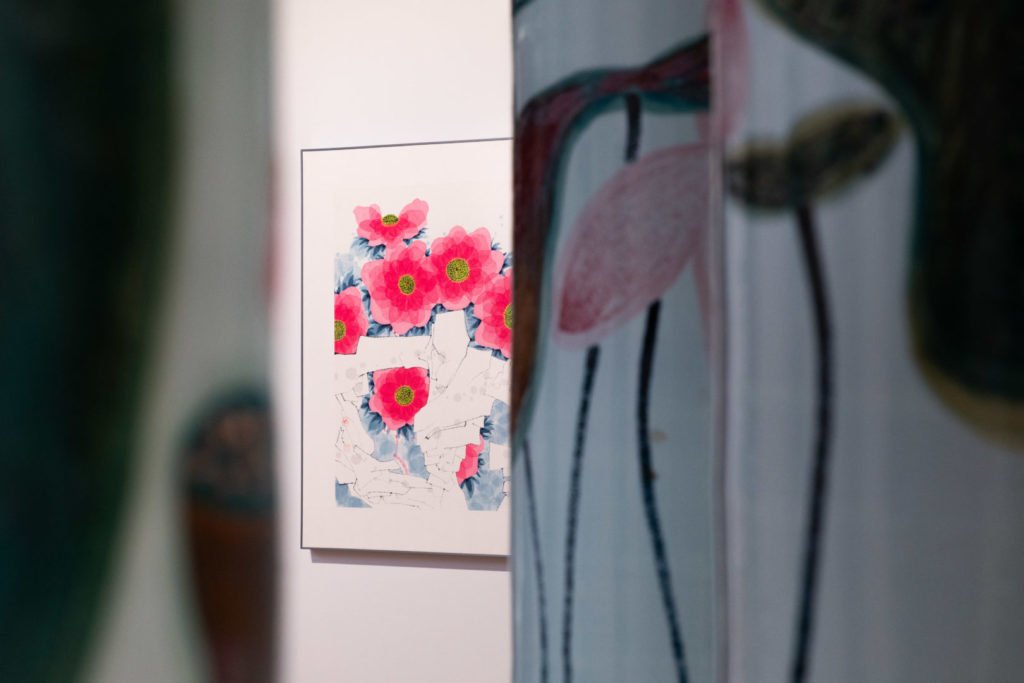
View of the exhibition, 2024. Photography credit : Lucie Dumoulin
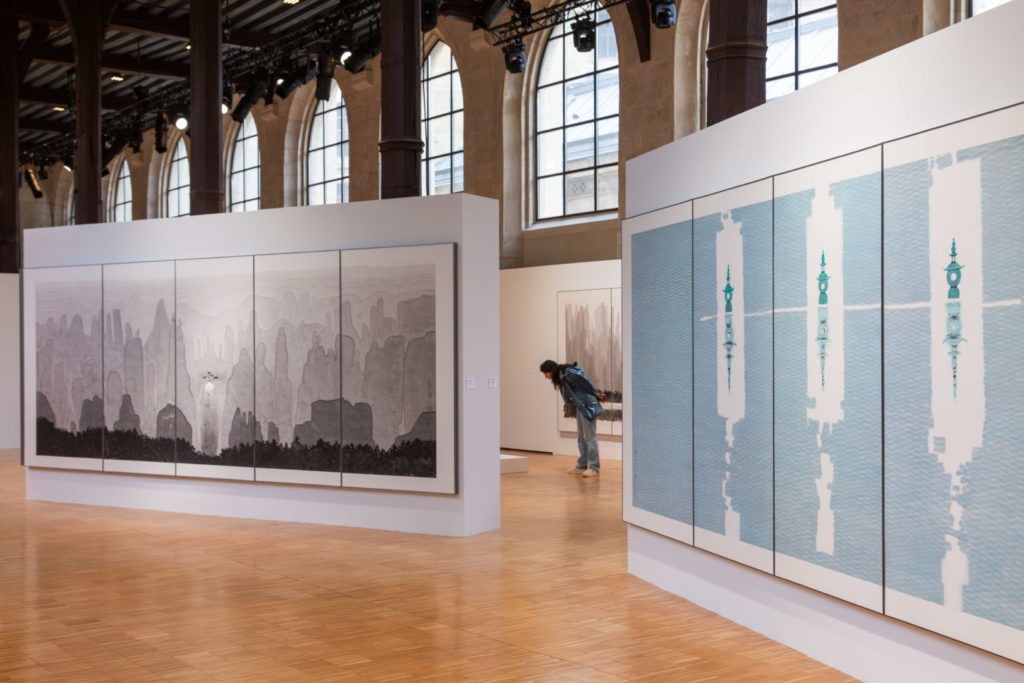
View of the exhibition, 2024. Photography credit : Lucie Dumoulin
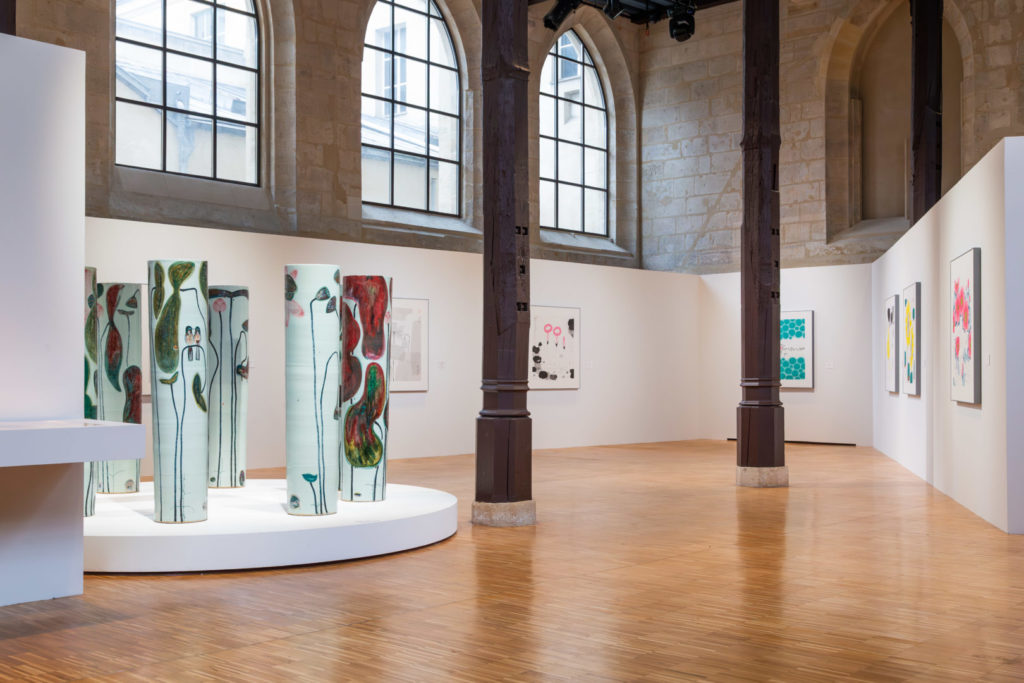
View of the exhibition, 2024. Photography credit : Lucie Dumoulin
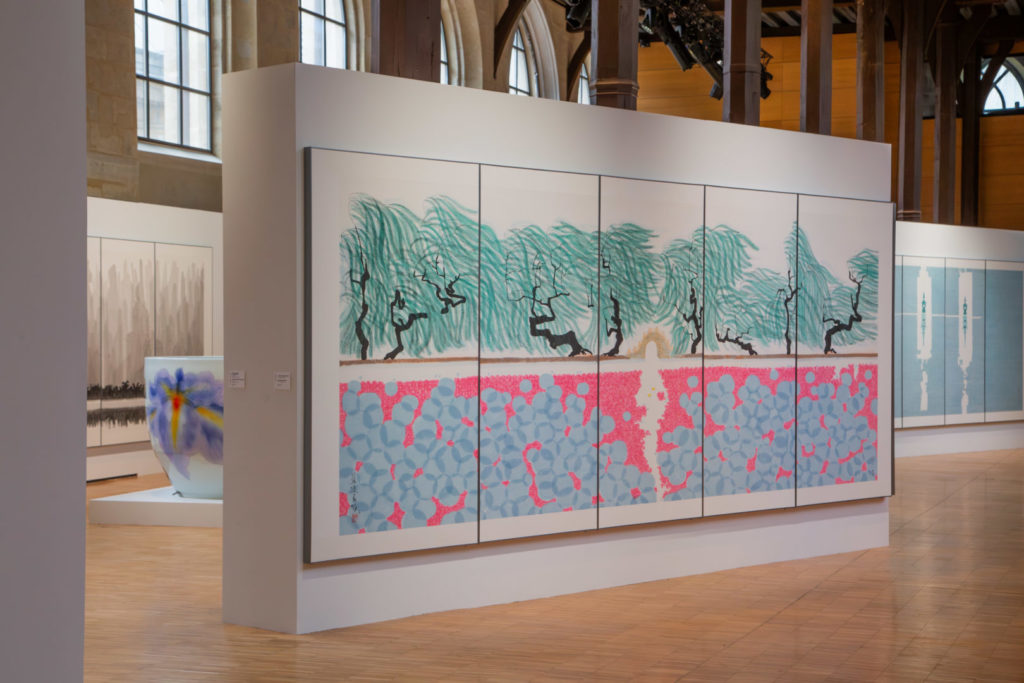
View of the exhibition, 2024. Photography credit : Lucie Dumoulin
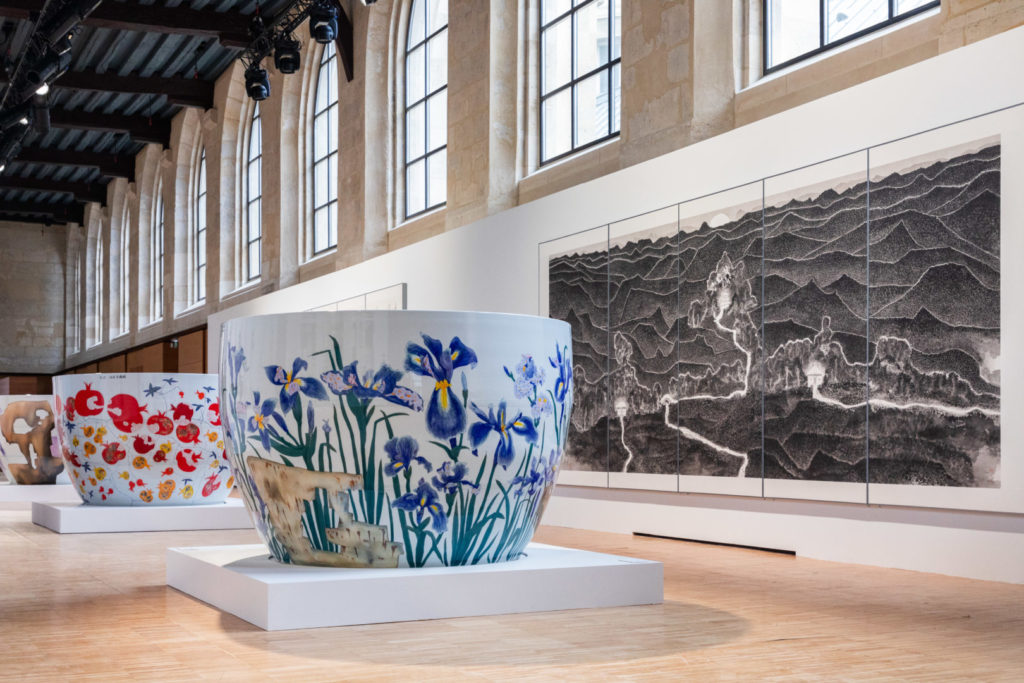
View of the exhibition, 2024. Photography credit : Lucie Dumoulin
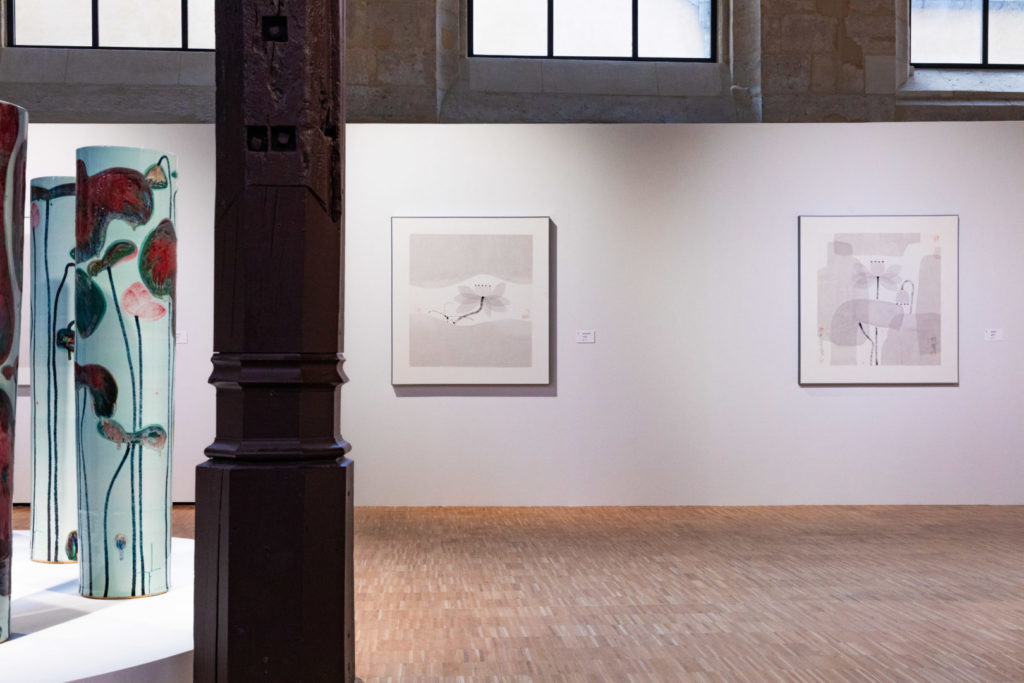
View of the exhibition, 2024. Photography credit : Lucie Dumoulin
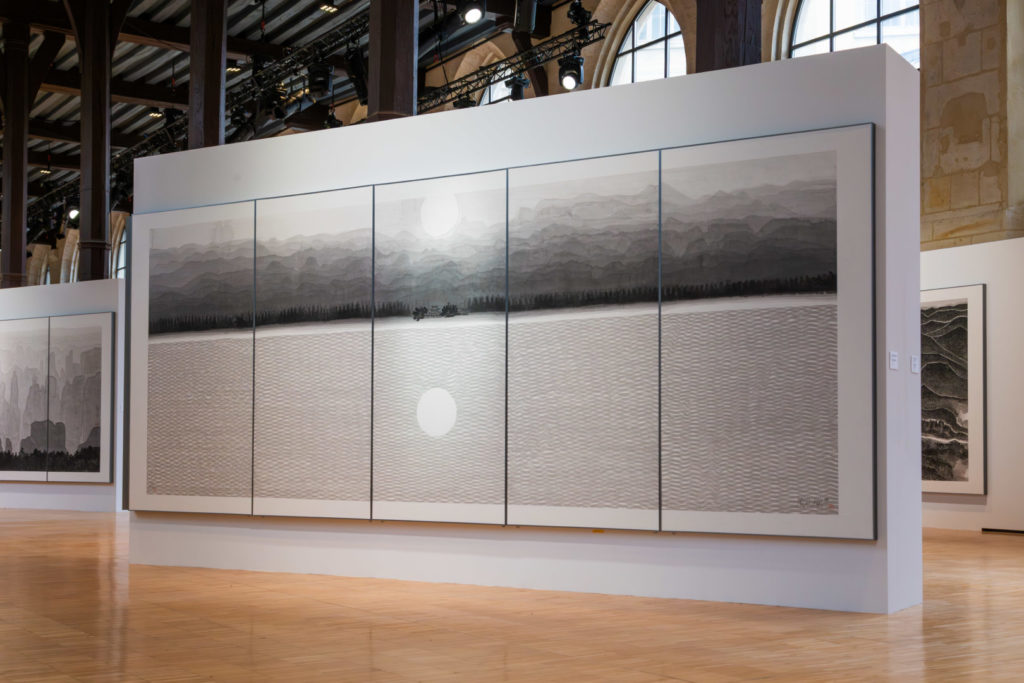
View of the exhibition, 2024. Photography credit : Lucie Dumoulin
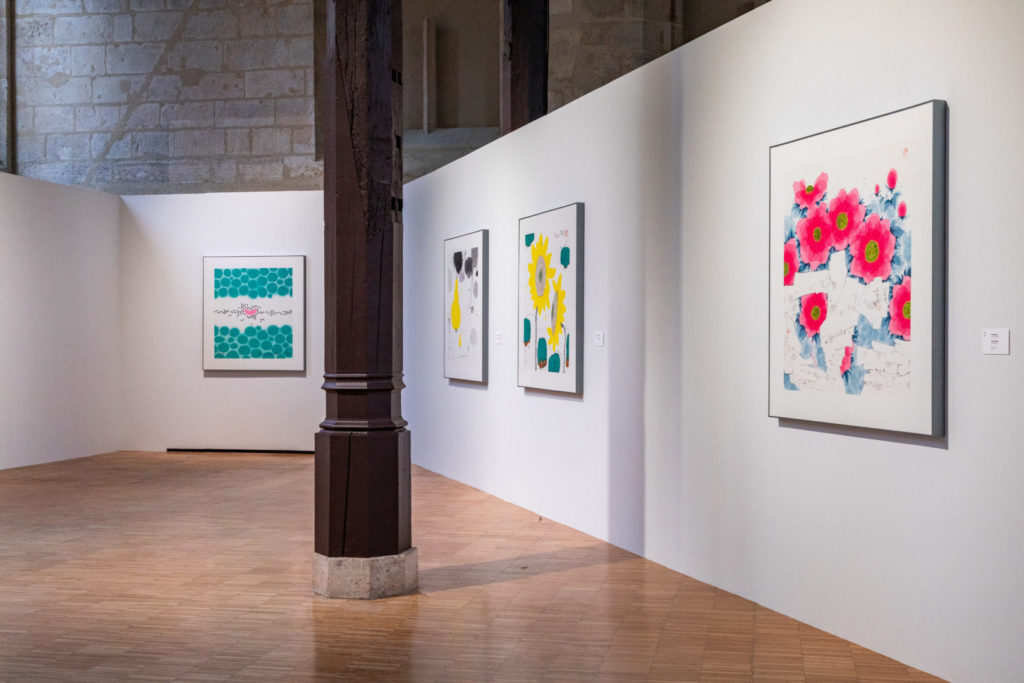
View of the exhibition, 2024. Photography credit : Lucie Dumoulin
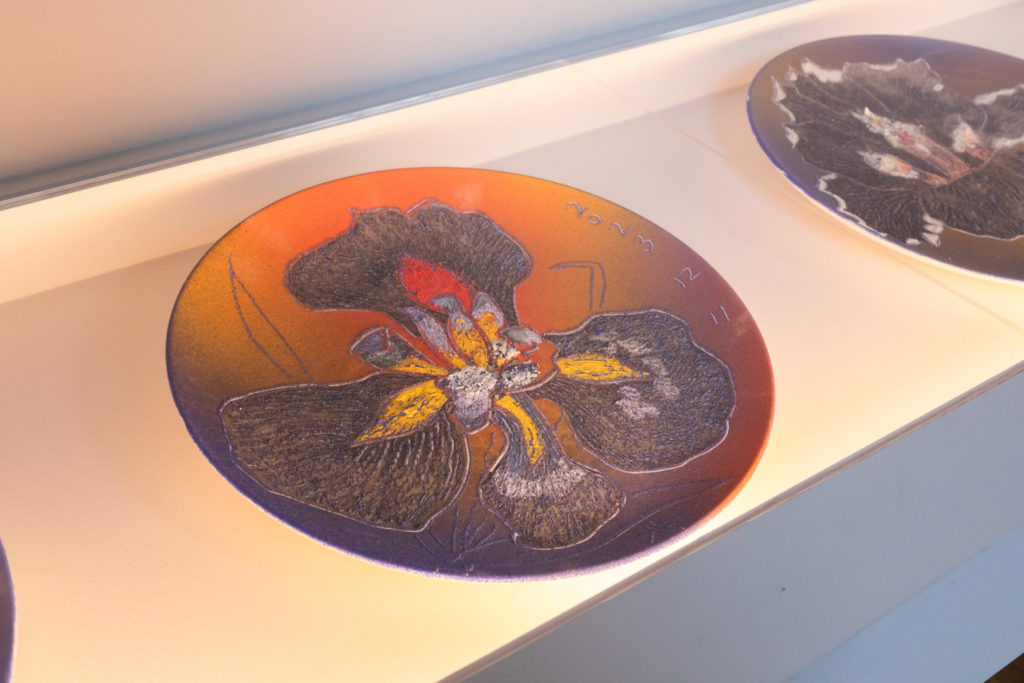
View of the exhibition, 2024. Photography credit : Lucie Dumoulin

View of the exhibition, 2024. Photography credit : Lucie Dumoulin

View of the exhibition, 2024. Photography credit : Lucie Dumoulin

View of the exhibition, 2024. Photography credit : Lucie Dumoulin

View of the exhibition, 2024. Photography credit : Lucie Dumoulin

View of the exhibition, 2024. Photography credit : Lucie Dumoulin

View of the exhibition, 2024. Photography credit : Lucie Dumoulin

View of the exhibition, 2024. Photography credit : Lucie Dumoulin

View of the exhibition, 2024. Photography credit : Lucie Dumoulin

View of the exhibition, 2024. Photography credit : Lucie Dumoulin

